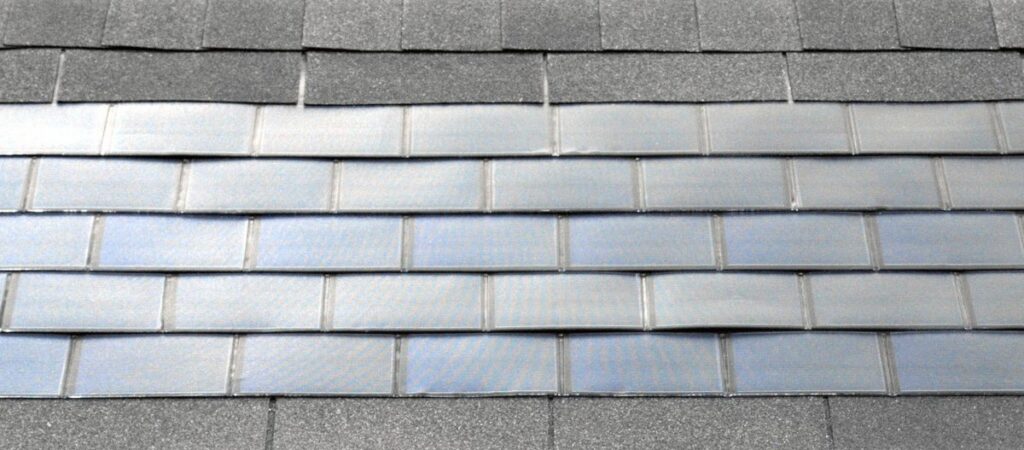Researchers in the Middle East have conducted a series of simulations to assess the technical and economic feasibility of building-integrated photovoltaic-thermal systems. The proposed framework could be applicable to different building types and geographic locations.
Researchers from Jordan’s Al al-Bayt University have developed comprehensive theoretical dynamic models to analyze the performance of integrated photovoltaic thermal (BIPV/T) systems.
The scientists tested their new framework through a series of simulations conducted on a residential building in the north-central city of Mafraq in Jordan. They optimized the BIPV/T system to maximize output and efficiency while minimizing panel area.
“Mafraq is one of the most suitable regions in Jordan for harnessing the potential of solar energy and implementing solar thermal energy installations,” the academics said. “It has a daily mean direct normal irradiance (DNI) ranging from 6.54 to 7.29 kWh/m2 and an annual mean wind speed of 4.72 m/s, enjoying abundant solar radiation and abundant wind resources.”
The building was simulated with MATLAB/Simulink. It had a roof area of 200 m2, with a hot water requirement supplied by the thermal part of the panels of 10 m3 per month. The average electricity demand for winter, spring, summer and autumn was 452 kWh, 582 kWh, 443 kWh, 342 kWh and 441 kWh, respectively.
It was assumed that the BIPV/T panels would each have a power of 320 W and an efficiency of 16.49%. The hourly solar radiation and ambient temperature data fed to the model comes from an artificial neural network (ANN) developed by the group. According to the researchers, the model achieves high accuracy values of more than 0.97 for the predicted solar irradiance during training, validation, testing and the overall dataset.
“The comprehensive ANN-based modeling and optimization approach can help policymakers and energy professionals analyze within reasonable domain time and with good accuracy, accelerating design and performance improvement-based analyzes and tasks,” the team said.
For the optimization task, the group chose the Non-Dominated Genetic Sorting Algorithm II (NSGA-II), while also integrating the Preference Order by Similarity to the Ideal Solution (TOPSIS) technique. NSGA-II optimizes multiple objectives by ranking solutions based on dominance, while TOPSIS ranks options by comparing their closeness to the best and worst possible solutions.
The analysis showed that the optimal solution for winter involves the installation of 15 modules, with an electrical power of 2,606 W, a thermal power of 5,569 W and a total electricity produced of 21.95 kWh. In summer, the optimal solution is 16 modules with an electrical power of 1,780 W, a thermal power of 4,700 W and a total electricity produced of 23.63 kWh. 12 BIPV/T modules were required for the spring seasons and 14 in the fall.
The scientists also conducted an economic analysis. In this analysis, they assumed that the BIPV/T would last 20 years, that the interest rate would be 5%, and that the variable operating costs for the system would be $0.1/kWh. In addition, the base cost was set at $1,067 for the hot water storage tank, $180/kW for the inverter and controller, and $200/m2 for the BIPV/T panels.
Under these conditions, the levelized energy cost (LCOE) was found to be $0.1/kW. If equipment costs increase by 20%, the LCOE will reach $0.12/kW, while if it increases by 40%, the price will reach $0.14/kW. If equipment prices fall by 20%, the LCOE is $0.08/kW, and if they fall by 40%, the cost is $0.06/kW.
“The findings indicate that the proposed framework may be applicable to different building types and geographic locations. Consequently, it has significant value in promoting the use of solar energy with optimal energy, economic and environmental performance,” the academics concluded.
The results are presented in “Energy and economic analysis of an integrated photovoltaic thermal system in buildings: seasonal dynamic modeling supported by a machine learning-assisted method and multi-objective genetic optimization,” published in Alexandria Engineering Journal.
The team also included scientists from King Fahd University of Petroleum & Minerals in Saudi Arabia, University College London in Britain, the University of Durham and the University of Engineering and Technology in Pakistan.
This content is copyrighted and may not be reused. If you would like to collaborate with us and reuse some of our content, please contact: editors@pv-magazine.com.

